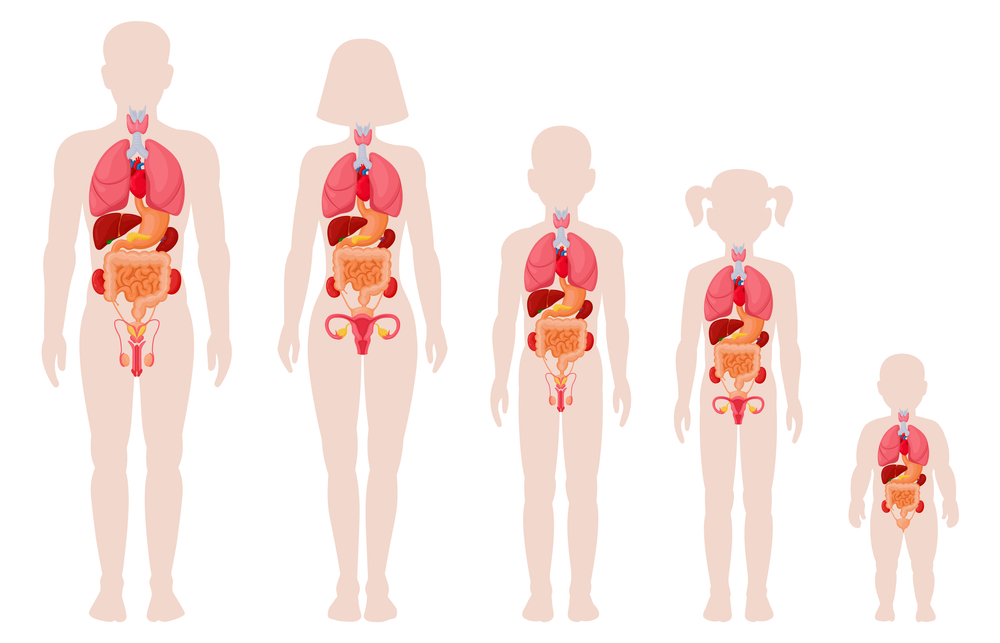News

What’s the State of the Science for EDCs?
In 2012 the World Health Organization and the United Nations Environment Programme published ‘The State of the Science, Endocrine Disrupting Chemicals‘. This ground breaking report informed decision makers and health providers across the globe, and raised awareness about the health risks of exposure to chemicals in our everyday lives.
The general conclusions from this 2012 report were:
“Although it is clear that certain environmental chemicals can interfere with normal hormonal processes, there is weak evidence that human health has been adversely affected by exposure to endocrine-active chemicals. However, there is sufficient evidence to conclude that adverse endocrine‐mediated effects have occurred in some wildlife species. Laboratory studies support these conclusions.”
The report summarised evidence about the impacts on human health, the effects on wildlife populations, and sensitive windows of development when endocrine disruptors can have the greatest impacts. The report concluded with a section titled, The tip of the iceberg, paving the way for further investigation and wider public awareness.
Since this report was published, thousands of scientific studies have been undertaken, each making a step closer to establishing proof about the harmful effects of EDCs on human health. This is why we began our work at lastinghealth, to help bring this information into people’s lives and help them to make small changes to protect their health from this chemical threat. In our news section we report the latest news about EDCs, untangling complex studies and teasing out what is known so far, such as the impact of EDC exposure during critical periods of development.
What about airborne pollutants?
Like everyone, we also taken a strong interest in the effects of airborne pollution. In her annual report of 2017, England’s Chief Medical Officer, Dame Sally Davies wrote,
“I believe it is time for policy makers to take seriously the threat to health posed by pollution… Everyone understands that acute exposure to a toxic substance will cause ill-health. Lesser known, and understood, is the relationship between longer-term, lower level exposure to pollutants.”
Over the coming months we will be reporting on a study taking place at Leicester University’s Centre for Environmental Health and Sustainability led by PhD student Thiphanie Riverton. She is investigating indoor air quality in real life settings in people’s homes.
The science is still developing – but we’re beyond reasonable doubt
Here at lastinghealth we believe that the threat posed to human health from chemicals and airborne pollution is beyond doubt – but the science is still developing. Making connections between exposures and establishing causation of the effects is complex; our environments expose us to thousands of chemicals in our daily lives, and its hard to isolate one chemical effect from others, and how they interact with each other, lifestyle factors such as diet and exercise, and our genetic makeup.
Bob Woods MBE, and lastinghealth Founder says, “There is a plethora of trace toxins which pervade our environments, with is so little understanding as yet. But there is growing evidence that trace toxins, particularly those with endocrine disrupting characteristics, may act as a catalyst in some people to trigger a diverse range of ill health conditions ranging from cancers through to fertility problems. As a philanthropist, I have supported Leicester University in setting up a Centre for Environmental Medicine and Sustainability, and it’s exciting to see progress being made in understanding this dark side of our environment and the impact it has on our health.”






